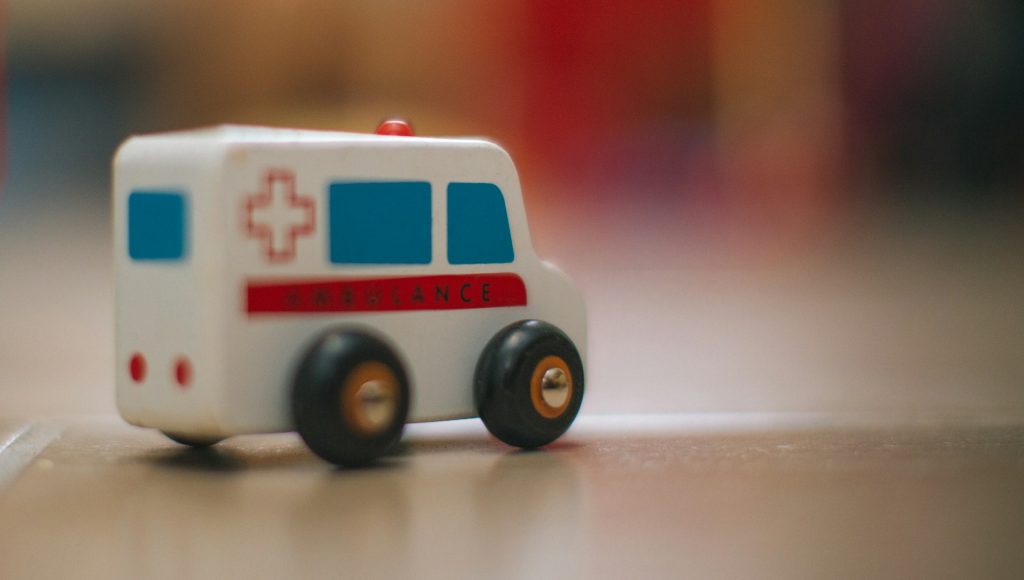
Image Source: unsplash.com
Teaching your child to call 911 could save a life—perhaps even yours. While we hope our children never face emergencies alone, preparing them with this critical skill provides both you and them with confidence and security. Emergency preparedness is a fundamental life skill that children can begin learning as early as age four. With proper guidance and practice, your child can become a capable first responder in critical situations when adults are unable to help. This article outlines effective strategies to teach your children this essential safety skill.
1. Start With the Basics of What Constitutes an Emergency
Children need clear guidance about what situations warrant a 911 call to prevent misuse of emergency services. True emergencies include situations where someone is unconscious, having trouble breathing, experiencing severe bleeding, or when there’s a fire or intruder in the home. Role-playing different scenarios helps children distinguish between actual emergencies and non-emergency situations like a lost toy or minor scrape. Children should understand that 911 is only for situations where someone needs immediate help from police, firefighters, or medical professionals. Teaching this distinction early prevents unnecessary calls while ensuring children won’t hesitate when facing genuine emergencies. Emphasize that calling 911 inappropriately can prevent help from reaching people in real danger, as emergency resources are limited.
2. Demonstrate How to Physically Make the Call
Show your child exactly how to dial 911 on different devices they might need to use in an emergency. Practice unlocking smartphones, using emergency call features that work even on locked phones, and accessing landlines if you have them at home. Children should know they don’t need money to call 911 from a public phone, nor do they need to dial an area code. Regular practice helps build muscle memory so children can make the call even when stressed or frightened. For younger children, consider labeling phones with emergency instructions using bright colors or stickers. Ensure they understand they should stay on the line even if they’re scared or made a mistake, as hanging up may result in emergency services being dispatched anyway.
3. Teach What Information to Provide to Dispatchers
Train your child to communicate clearly with 911 operators by providing essential information in an emergency. Children should be prepared to state their name, address, phone number, and a brief description of the emergency. Practice having your child memorize your home address, including apartment numbers and nearby cross streets or landmarks that could help emergency responders locate your home quickly. Role-play conversations with a dispatcher, teaching your child to answer questions calmly and follow any instructions given over the phone. Remind children that the dispatcher might ask them to perform simple first aid or safety measures while waiting for help to arrive. Emphasize the importance of staying on the line until the dispatcher says it’s okay to hang up, as they may need additional information.
4. Practice Through Regular Role-Playing Scenarios
Regular practice through role-playing builds confidence and reduces panic in real emergencies. Set up mock emergency scenarios at home where your child must assess the situation and decide whether to call 911. Take turns playing the dispatcher, asking questions they might face during a real call, and guiding them through appropriate responses. The National Safety Council recommends practicing these scenarios every few months to reinforce the learning and adjust for your child’s developing maturity. Use positive reinforcement during these practice sessions, praising their correct decisions rather than criticizing mistakes. Create age-appropriate scenarios that might be relevant to your family situation, such as what to do if a parent falls and is unresponsive or if there’s smoke in the house.
5. Address Fear and Emphasize Bravery
Many children feel anxious about emergencies and may hesitate to call for help. Acknowledge that emergencies are scary, but emphasize that calling 911 is a brave action that helps the people they love. Explain that dispatchers are specially trained to be kind and helpful to children who call. Share age-appropriate stories about children who successfully called 911 and helped save someone, reinforcing the heroic nature of knowing when and how to get help. Reassure children they won’t get in trouble for calling 911 in a genuine emergency, even if they’re uncertain. Create a safe environment where children can express their fears about emergencies and ask questions without judgment.
Empowering Your Child Could Save Lives
Teaching your child to call 911 is more than a safety precaution—it’s empowering them with responsibility and confidence in crises. The skills you teach today might save your life, their life, or someone else’s tomorrow. Remember that children develop at different rates, so adjust your teaching approach based on your child’s maturity level and understanding. Regular refreshers and practice sessions ensure these critical skills remain fresh in your child’s mind. By investing time in emergency preparedness now, you’re providing your child with life skills that extend far beyond your home and immediate family. Your child’s ability to respond appropriately in an emergency reflects your commitment to their development as responsible, capable individuals.
Have you taught your children how to handle emergencies? What approaches worked best for your family? Share your experiences in the comments below to help other parents with this crucial teaching opportunity.
Read More